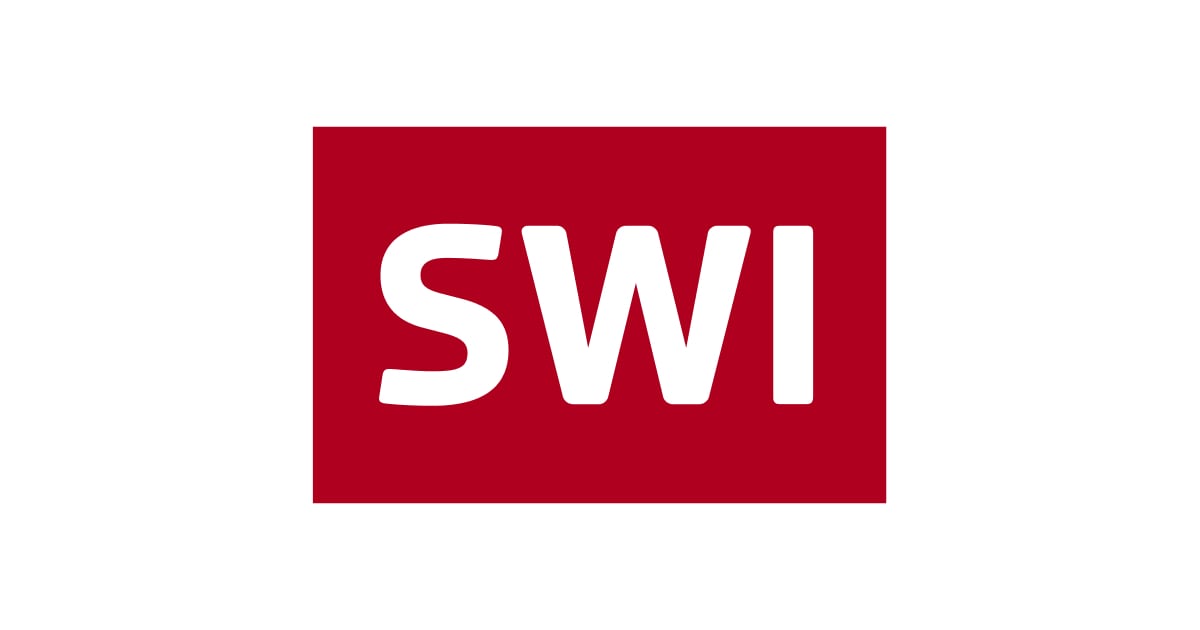
Improving Swiss air quality blighted by high ozone levels

The air people breathe in Switzerland is improving in quality but still contains unhealthy levels of ozone gas, concludes a government survey into pollution.
A report by the Federal Office for the Environment, released on Tuesday, found that concentrations of the trace gas consistently exceeded safe limits, particularly in summer. Such levels could cause irritation of the eyes, nose, throat, airways and lungs.
Ozone, which plays a critical role in the atmosphere, could also damage trees and shrubs, and eventually lead to reduced crop yields and deforestation if allowed to accumulate for too long.
In 2017, worrying levels of ozone were consistently recorded at 16 stations situated around Switzerland. The worst levels – an average hourly rate of 213 micrograms per cubic metre – were recorded at the Italian-speaking canton Ticino. The safe limit is 100 micrograms per cubic metre. The peak concentrations on the north side of the alps were measured at 177 micrograms per cubic metre.
Other pollutants such as fine dust and nitrogen dioxide also exceeded safe levels in some cases. But the report also states that air pollution in Switzerland has “significantly” decreased since the mid-1980s.
Air pollutants such as sulphur dioxide, carbon monoxide and heavy metals such as lead, cadmium or zinc largely fell within safe concentrations, measurements have shown.
Further measures to control the release of nitrogen oxides, ammonia, fine dust, volatile organic compounds and carcinogenic substances are still necessary to reach statutory goals of air quality, the environment ministry said.

In compliance with the JTI standards
More: SWI swissinfo.ch certified by the Journalism Trust Initiative






























You can find an overview of ongoing debates with our journalists here . Please join us!
If you want to start a conversation about a topic raised in this article or want to report factual errors, email us at english@swissinfo.ch.